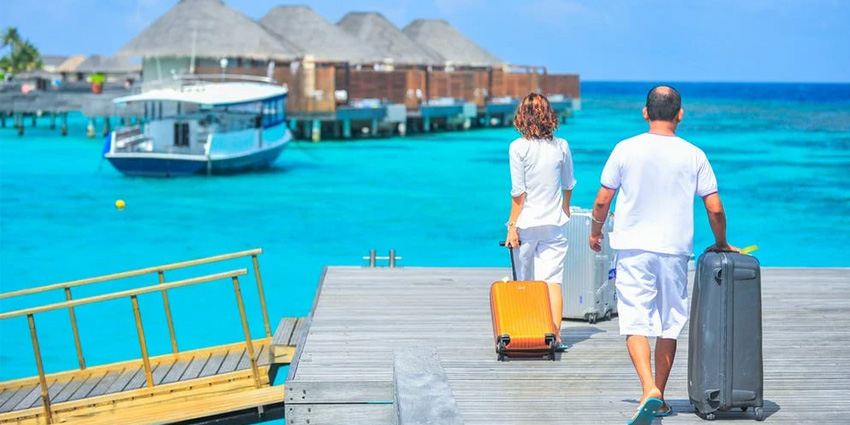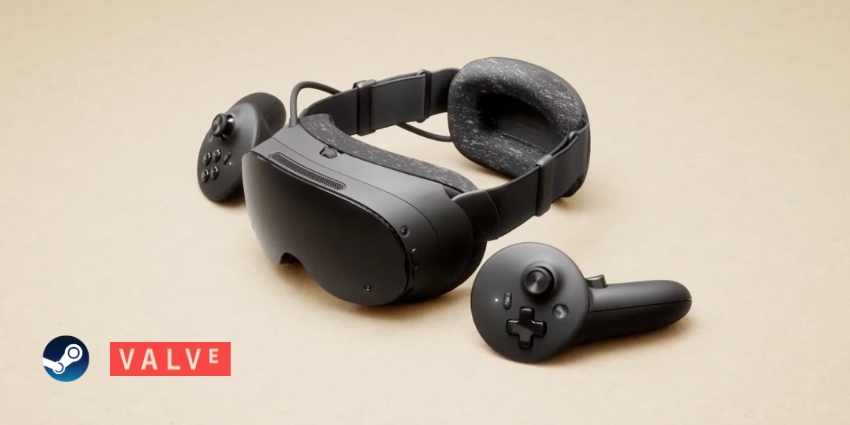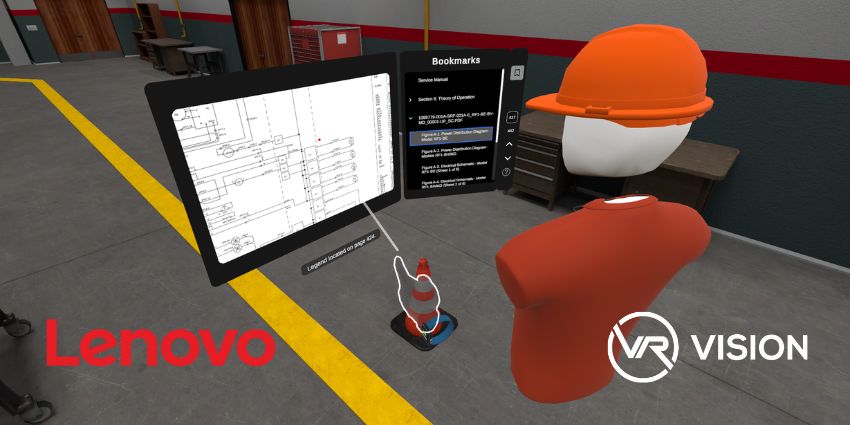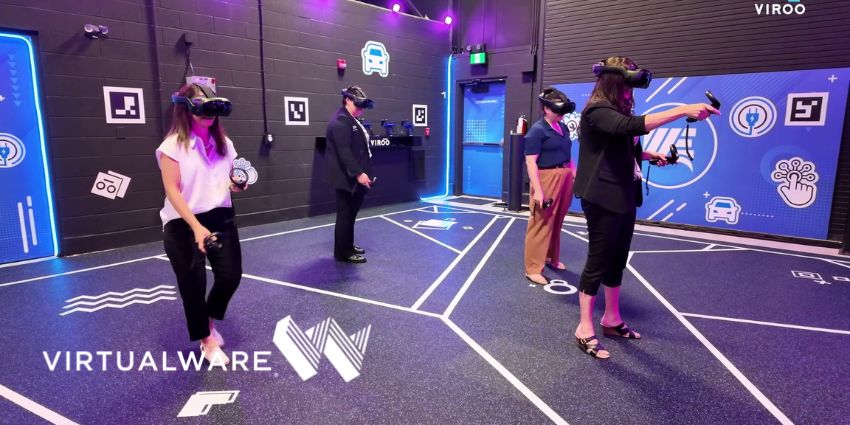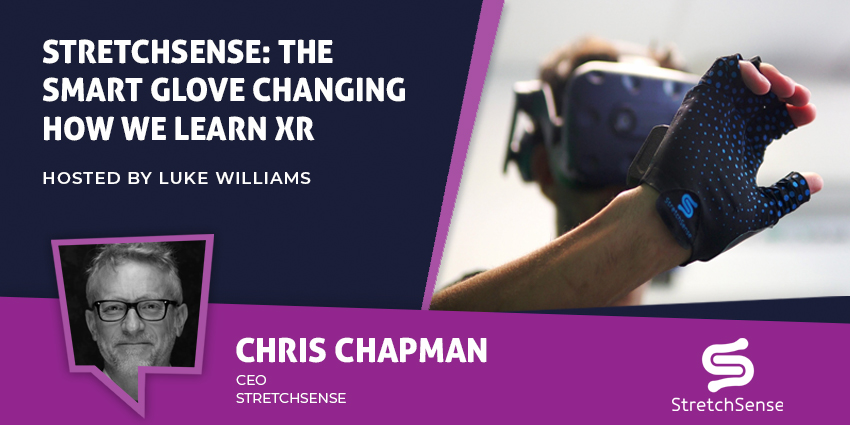Of all the businesses affected by the COVID-19 crisis over the last 12 months, those operating in the travel & tourism sector have been hit hardest…
From nationwide lockdowns and flight cancellations to social distancing and the “temporary” closures of bars, restaurants, and hotels, experts predict the pandemic could set the global tourism industry back by as much as 20 years. During this time, it’s believed 120 million jobs could be lost and damages to the global economy could hit the $1 trillion mark.
Yet, as bleak as the future looks for travel & tourism, we’re already seeing some interesting innovations opening up in the XR space that could help rebuild and restructure the industry in the years to come.
Let’s look at some examples below:
The Age of Armchair Travel
In a recent study on COVID-19 and Extended Reality (XR), it was suggested that “tourists will continue to seek hedonic experience amidst the pandemic despite the lack of access to vacation destinations.” In other words, global lockdowns and social distancing may prevent people from being able to physically escape their 9-5 realities, but the desire to break away from the everyday routine will always exist.
As a result, more people than ever before are ready to start exploring alternative and non-conventional forms of travel during these trying times. In response to this trend, we’re also seeing many travel and tourism providers experimenting with new VR technologies to meet the demands of their customers.
In Western Japan, for example, the owners of a local hot spring resort have been using virtual reality to survive after the government closed over 90% of bathhouses in the area. In response to the widespread closures, bathhouse Arima Sanso Gosho Bessho began offering simulated “onsen” experiences that allow clients to enjoy all the sensory luxuries of bathing in hot springs without ever having to leave their homes.
As technology progresses and becomes more widely available to the masses, we can expect to see a huge increase in investment from tourism providers looking to capitalize on a VR market expected to reach USD 20.9 billion by 2025.
AR in the Tourism Space
As exciting as VR is, it’s not the only XR tech set to revolutionize the way businesses and consumers operate within the travel and tourism sectors.
Over the next 7 years, the global augmented reality (AR) market is projected to reach USD 65.22 billion by 2027 growing at a CAGR of 48.3%, and tourism will likely contribute a significant portion of that revenue. The reason? Unlike VR, AR devices are already being used by over 1.73 billion people across the world, with numbers forecasted to reach 2.4 billion by 2023. User adoption of AR tech, then, be it through smartphones, tablets, or even smart glasses is already well underway.
With these devices, tourists can access a growing number of AR for travel & tourism apps designed to enhance the travel experience to unprecedented levels. Things like real-time AR language translators and Google’s new Live View for Google Maps feature will have infinite value to travelers, but it doesn’t stop there.
Every day developers are creating more and more tools that entice more people into tourism, but they’re also helping businesses operating within the sector communicate with and provide better, more differentiated services to their clientele.
Enhanced Health & Safety Training
Another huge trend we can expect to see a lot more within the travel and tourism sector over the next few years is health and safety.
As the world continues to gain control over the pandemic, the pressure is on travel and tourism-based businesses to do everything they can to ensure strict guidelines and regulations are met. Failure to meet said regulations could put organizations in a lot of trouble and lead to fines or indefinite closures.
Fortunately, XR developers are already offering powerful tools for improving corporate training so organizations can ensure their employees are always up to the task.
What Does the Future Hold for XR in Travel & Tourism?
While nobody would deny the travel & tourism sector has suffered greatly during the pandemic, one positive is that it has stimulated technological innovation in this space at an incredible rate.
By necessity rather than by choice, organizations have started to incorporate XR technologies into their strategies to stay relevant and competitive within a marketplace that’s rapidly evolving.
While it may take years for the industry to get back on its feet, we know for sure that XR will play a significant role in helping businesses within this space rebuild and prepare for the future.
